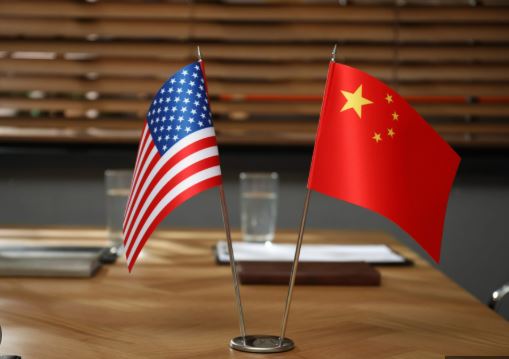The United States and China have agreed to a temporary 30 per cent reduction in tariffs on each other’s goods, marking a 90-day reprieve as both sides seek a more lasting resolution.
The agreement, reached after two days of high-level negotiations in Geneva, Switzerland, represents the most meaningful progress in trade relations between the two powers since the intensification of hostilities under former President Donald Trump’s administration.
As part of the deal, the U.S. will scale back tariffs on Chinese imports from 145 per cent to 30 per cent by May 14, including levies previously tied to the fentanyl trade. In return, China will reduce its tariffs on U.S. goods from 125% to 10%, signalling a mutual intent to stabilise economic relations and avoid further escalation.
Markets React and Officials Comment
The announcement triggered a strong reaction across global financial markets. Asian and European indices posted gains, U.S. stock futures climbed, and the offshore yuan strengthened by 0.5% against the dollar. Oil prices and Treasury yields also rose as investors welcomed signs of reduced trade friction.
U.S. Treasury Secretary Scott Bessent and Trade Representative Jamieson Greer, who led the American negotiating team, described the talks as “productive” and “forward-looking.” According to Bessent, “Both parties agree that economic decoupling is not the goal.” He added that negotiations also touched on fentanyl-related exports and potential purchasing arrangements by Beijing.
Trade War Background
The trade conflict, which had led to historic tariff hikes under Trump’s “Liberation Day” policy, severely disrupted global supply chains and affected an estimated $660 billion in annual trade. Both nations experienced increased costs and market uncertainty, leading to mounting pressure for a negotiated solution.
Greer emphasised that the U.S. remains committed to more balanced trade relationships, noting, “China came prepared to negotiate this time,” indicating a possible shift in tone from previous encounters.
While the temporary tariff relief has calmed markets and opened a window for deeper dialogue, observers caution that past efforts at de-escalation, such as the failed 2018 talks and the limited success of the “Phase One” deal in 2020, offer a note of caution.
Despite signs of goodwill, scepticism remains over whether this 90-day period will yield a durable trade agreement or merely postpone further conflict. Analysts are particularly focused on whether Beijing will offer concessions on key exports, including those related to fentanyl production, and whether Washington will maintain a flexible stance beyond the initial timeline.



